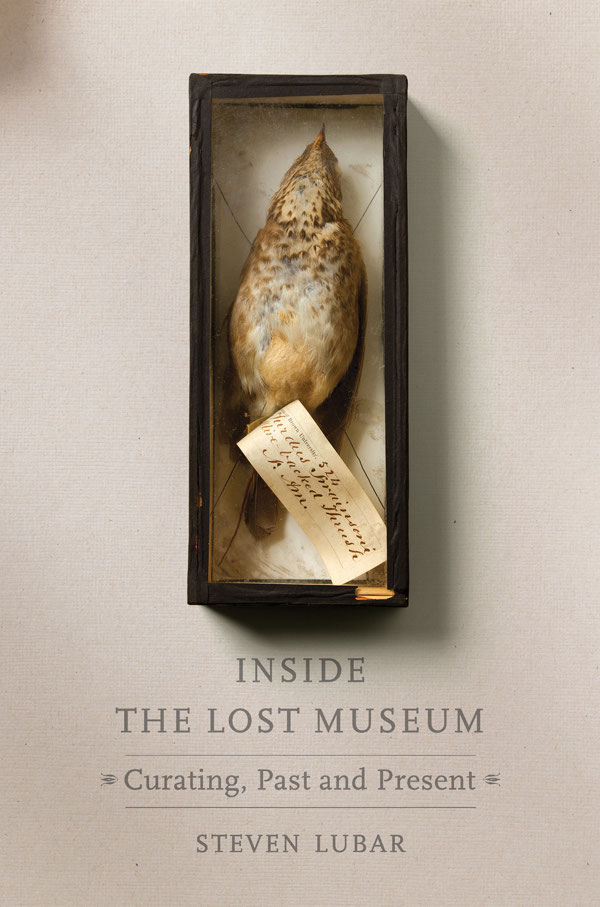

Most ebook files are in PDF format, so you can easily read them using various software such as Foxit Reader or directly on the Google Chrome browser.
Some ebook files are released by publishers in other formats such as .awz, .mobi, .epub, .fb2, etc. You may need to install specific software to read these formats on mobile/PC, such as Calibre.
Please read the tutorial at this link: https://ebookbell.com/faq
We offer FREE conversion to the popular formats you request; however, this may take some time. Therefore, right after payment, please email us, and we will try to provide the service as quickly as possible.
For some exceptional file formats or broken links (if any), please refrain from opening any disputes. Instead, email us first, and we will try to assist within a maximum of 6 hours.
EbookBell Team

4.0
36 reviewsCurators make many decisions when they build collections or design exhibitions, plotting a passage of discovery that also tells an essential story. Collecting captures the past in a way useful to the present and the future. Exhibits play to our senses and orchestrate our impressions, balancing presentation and preservation, information and emotion. Curators consider visitors’ interactions with objects and with one another, how our bodies move through displays, how our eyes grasp objects, how we learn and how we feel. Inside the Lost Museum documents the work museums do and suggests ways these institutions can enrich the educational and aesthetic experience of their visitors.
Woven throughout Inside the Lost Museum is the story of the Jenks Museum at Brown University, a nineteenth-century display of natural history, anthropology, and curiosities that disappeared a century ago. The Jenks Museum’s past, and a recent effort by artist Mark Dion, Steven Lubar, and their students to reimagine it as art and history, serve as a framework for exploring the long record of museums’ usefulness and service.
Museum lovers know that energy and mystery run through every collection and exhibition. Lubar explains work behind the scenes—collecting, preserving, displaying, and using art and artifacts in teaching, research, and community-building—through historical and contemporary examples. Inside the Lost Museum speaks to the hunt, the find, and the reveal that make curating and visiting exhibitions and using collections such a rewarding and vital pursuit.